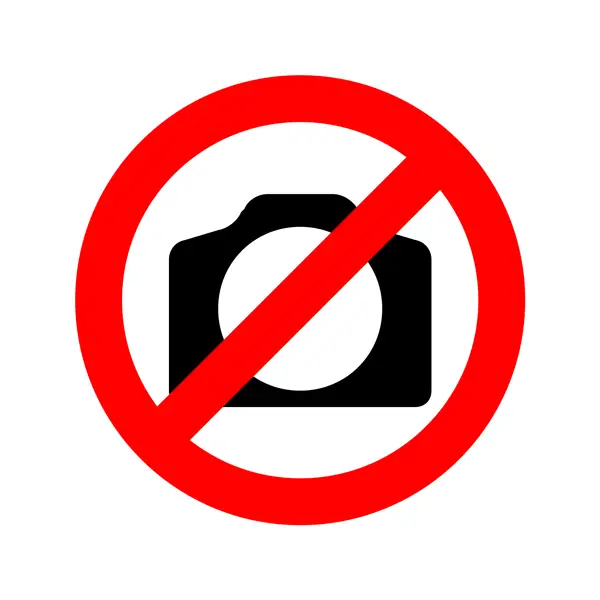In a courtroom in Manhattan, Sarah Palin is taking aim at The New York Times once again, this time in a retrial that has the serious implications of media accountability and the integrity of free speech. The latest chapter in this ongoing saga unfolds following Palin’s successful appeal of a previous court ruling that favored the Times. The case serves as a dire warning about the irresponsible behavior of the mainstream media, especially when dealing with prominent conservative figures who seem to be open season for unwarranted attacks.
The dispute traces back to a 2017 editorial published by the Times that made the reckless claim that Palin’s campaign materials were linked to a 2011 shooting involving Congressman Gabby Giffords. This editorial suggested that Palin’s use of graphics with crosshairs over legislative districts inspired the shooter. However, the truth is that no evidence connected the shooter, Jared Loughner, to Palin or her campaign. In a further insult, the Times took nearly 14 hours to issue a correction that conveniently glossed over Palin’s involvement, essentially writing her out of their mistake without offering any form of apology.
Palin’s legal team argues that the Times’ half-hearted correction is proof that the publication lacks accountability. For conservatives, this incident embodies a larger issue: a liberal media that targets right-leaning individuals with reckless abandon, all the while managing to escape any significant repercussions for their inaccuracies. The defense mounted by the Times hinges on the interpretation of the landmark 1964 Supreme Court case New York Times v. Sullivan, which allows media entities to avoid liability unless actual malice can be established. The Times claims that correction was prompt and responsible, suggesting that this is all a matter of First Amendment rights rather than an egregious personal attack on Palin.
Essex Files: Sarah Palin Gets Another Crack at Making the New York Times Pay for Reckless Articlehttps://t.co/njlCFRIvUb
— RedState (@RedState) April 16, 2025
However, many perceive this legal shield as a troubling loophole that permits media outlets to slander public figures without fear of true accountability. While it is necessary to guard freedom of speech, the Sullivan standard may also embolden publications like the Times to recklessly publish damaging claims about conservatives, operating under the assumption that proving malice is nearly impossible. The repugnant attempt to link Palin’s lawful political rhetoric to violent acts committed by a supporter of Bernie Sanders further illustrates the Times’ blatant disregard for factual integrity. This conflation of incidents reveals a level of cognitive dissonance that many will find deplorable.
Judge Jed Rakoff, overseeing the retrial, had to vacate the previous decision due to technical mishaps during the initial trial, where jurors were allowed access to smartphones and inadvertently received alerts about the judge’s intentions. As a result, Judge Rakoff has implemented measures to ensure a cleaner process by banning mobile devices in the courtroom. While this adjustment is reassuring, many conservatives remain skeptical that the judicial process will aggressively tackle the rampant bias and narratives cultivated by major media institutions.
Palin’s case embodies more than just one incident of alleged defamation; it stands as a testament to a wider media culture that many believe has turned into a hostile arena for conservative beliefs. The Times’ failure to issue a genuine apology only solidifies the perception of an arrogant press unashamed of its biases. While the Sullivan case may give the Times legal cover, it does nothing to mitigate the tangible reputational harm and erosion of public trust that results from negligent journalism. As the retrial progresses, it may very well serve as a crucial front in the battle for accountability from the press—an issue that resonates deeply with conservatives who demand substantive change in a media landscape that far too often plays fast and loose with the truth.




